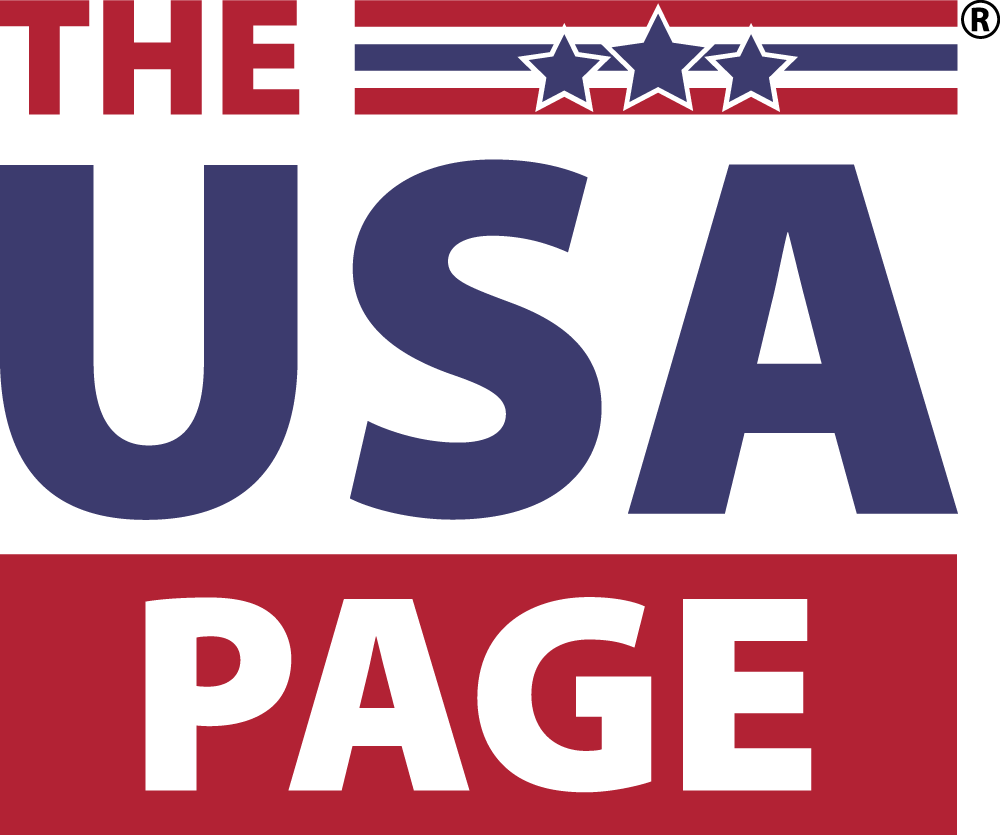Short-term investments are financial vehicles designed to grow your money over one to five years while keeping your funds relatively accessible. These investment options offer better returns than traditional savings accounts without the long-term commitment or volatility of the stock market.
What Makes a Good Short-Term Investment?
A solid short-term investment should prioritize accessibility, safety, and reasonable returns for money you plan to use in the near future. Unlike long-term investments, where maximizing growth is the goal, short-term options focus on preserving capital while providing better earnings than a standard savings account.
Liquidity is crucial because you may need access to your funds at any moment. The best short-term investments allow for easy withdrawals without significant penalties or loss of principal. This ensures that if an unexpected expense arises, your money will be available when you need it.
Low volatility is another key factor. Unlike stocks or other high-risk investments, good short-term investments should keep your principal stable, ensuring your money will be there when you need it. This is particularly important for major life goals like home purchases or emergency savings.
Lastly, look for options that outpace traditional savings accounts. Remember that inflation can erode your purchasing power over time, even in the short term. While no short-term investment completely eliminates this risk, the best options help mitigate its effects by offering modest returns.
Let’s look at the different types of short-term investments.
1. High-Yield Savings Accounts (Safest Option)
High-yield savings accounts function just like traditional savings accounts but with significantly higher interest rates—often 10 to 20 times the national average. These accounts are typically offered by online banks, which have lower overhead costs and can pass those savings to customers in the form of better rates.
Most high-yield savings accounts are FDIC-insured up to $250,000 per depositor, making them one of the safest places to store short-term funds. Unlike investments tied to the stock market, your principal is protected even if the bank fails.
One of the biggest advantages of high-yield savings accounts is their liquidity. You can access your money at any time without penalties, making them ideal for emergency funds or savings goals within the next 12 to 24 months. Some accounts have transaction limits, but they generally provide flexible access to your funds.
Interest rates on these accounts fluctuate based on the broader economy. When the Federal Reserve raises interest rates, high-yield savings accounts follow suit, unlike fixed-rate investments such as certificates of deposit (CDs).
How they compare to traditional savings accounts
High-yield savings accounts offer plenty of advantages over traditional accounts:
- Interest rates: High-yield savings accounts typically offer rates between 3% and 5%, whereas traditional banks offer as little as 0.01% to 0.25%.
- Monthly fees: Many traditional banks charge maintenance fees between $5 and $25 per month unless you meet certain balance requirements. Most high-yield savings accounts have no fees.
- Branch access: High-yield savings accounts are usually offered by online banks with no physical branches, keeping costs low and passing these savings to customers.
- Bundled services: Traditional banks often bundle checking and savings accounts for convenience, while high-yield accounts may require maintaining relationships with multiple financial institutions.
Finding the best offers
Currently, top high-yield savings accounts offer APYs between 4.0% and 5.25%, though these rates change frequently. Websites like Bankrate, NerdWallet, and Deposit Accounts provide real-time rate comparisons and customer reviews that can help you find the best option.
Credit unions sometimes offer competitive rates, especially if you qualify for membership through your employment, location, or other affiliations. Some banks also offer promotional rates that are temporarily higher to attract new customers—just be sure to check what the rate will be after the promotional period ends.
When high-yield savings accounts are ideal
Here are the types of funds you should put into high-yield savings accounts:
- Emergency funds: These accounts provide immediate access to cash while earning better interest than a traditional savings account, making them perfect for your emergency fund.
- Savings for short-term goals: High-yield savings accounts are also perfect when you’re saving for vacations, weddings, or holiday shopping, where liquidity is more important than maximizing returns.
- Down payment savings: If you’re saving to buy a home or car within the next few years, a high-yield savings account can help grow your money without risk. Even a 1–2% higher interest rate can add thousands to your down payment fund over time.
- Tax payments: Self-employed individuals or those with additional tax liabilities can park funds in these accounts, earning interest until the money is needed.
2. Certificates of Deposit (Time-Locked Growth)
Certificates of deposit (CDs) require you to commit your money for a specific term—ranging from three months to five years—in exchange for a guaranteed fixed interest rate. Longer-term CDs generally offer higher rates, rewarding you for keeping your money locked in.
The trade-off with CDs is early withdrawal penalties, which typically range from 60 days to a full year of interest, depending on the term and institution. Because of this, CDs are best suited for funds you know you won’t need until a specific date. They usually outperform savings accounts if you can commit to the full term.
CD terms and rates
There are three different kinds of CD terms and rates:
- Short-term CDs (3–12 months): Currently offer APYs between 4.00% and 5.50%, slightly higher than most high-yield savings accounts.
- Medium-term CDs (1–3 years): APYs range from 4.25% to 5.75%, providing better returns for those willing to lock in funds for longer.
- No-penalty CDs: These allow withdrawals after an initial period without fees, offering rates that fall between those of regular savings accounts and standard CDs.
Online banks and credit unions often provide better CD rates than traditional banks, sometimes exceeding 1–2% more for the same term.
CD laddering: a strategy for better returns and flexibility
CD laddering involves splitting your investment across multiple CDs with staggered maturity dates instead of locking everything into a single CD.
For example, if you want to invest $10,000, you might place $2,500 each into 3-month, 6-month, 9-month, and 12-month CDs. As each CD matures, you can either use the funds or reinvest into a new long-term CD, maintaining continuous access to portions of your money while still earning competitive rates.
This strategy is particularly useful in rising interest rate environments. As CDs mature, you can reinvest at higher rates rather than being locked into a lower rate for an extended period.
When CDs make more sense than savings accounts
There are a few occasions when locking your money in makes the most sense:
- Falling interest rate environment: If rates are expected to drop, locking in today’s higher rates ensures you don’t miss out on additional gains.
- Fixed financial goals: If you have a set timeline, such as buying a home in 18 months, a CD can help you stay disciplined and earn better returns than other options.
- Needing to avoid temptation: If you’re prone to dipping into savings, CDs provide a psychological barrier that discourages early withdrawals.
- Rate gaps: When the gap between CD and high-yield savings rates exceeds 0.5%–1.0%, CDs can justify the reduced liquidity, especially for larger deposits.
3. Money Market Accounts (Flexible Access with Better Returns)
Money market accounts (MMAs) combine features of both checking and savings accounts, offering higher interest rates than standard savings accounts while also providing check-writing privileges and debit card access. This hybrid nature makes them particularly useful for short-term investors seeking both returns and accessibility.
Like savings accounts, MMAs are typically FDIC-insured up to $250,000 at banks and NCUA-insured at credit unions, providing a high level of security. Their interest rates are variable and often tiered, meaning higher balances earn better returns. Competitive MMA rates currently range between 3.75% and 5.00% APY, positioning them between high-yield savings accounts and short-term CDs.
Differences from high-yield savings accounts
While both options offer strong returns compared to traditional savings accounts, MMAs differ in several ways:
- MMAs provide check-writing abilities and debit card access, making them more versatile for frequent transactions. High-yield savings accounts generally have stricter withdrawal limits.
- Minimum balance requirements for MMAs tend to be higher, often starting at $1,000-$2,500, whereas high-yield savings accounts often have no minimums or much lower requirements.
- While MMAs sometimes offer slightly better rates than standard savings accounts from the same institution, high-yield accounts from online banks frequently match or exceed MMA rates.
- Interest calculation methods can be more complex with MMAs, using tiered structures where different balance portions earn different rates.
4. Short-Term Bond Funds (Modest Growth Potential)
Short-term bond funds invest in fixed-income securities with maturities ranging from one to three years. This means they can offer better potential returns than savings products while maintaining moderate volatility. Short-term bond funds provide diversification by holding a mix of bonds rather than a single security, reducing individual credit risk.
Unlike individual bonds that must be held to maturity for full returns, bond funds can be bought or sold on any business day. This makes them more liquid but also exposes them to fluctuations in value as interest rates change. Expense ratios for short-term bond funds typically range from 0.05% to 0.50% annually, which slightly reduces overall returns.
Government vs. corporate short-term bonds
There are four different kinds of short-term bond funds:
- Government bond funds invest primarily in U.S. Treasury securities and other government-backed debt, offering maximum safety but lower yields.
- Corporate bond funds hold debt issued by companies with varying credit ratings. Investment-grade corporate bond funds provide a balance of yield and safety.
- Municipal bond funds invest in state and local government debt, often offering tax-free interest income, which can be beneficial for investors in higher tax brackets.
- Mixed-approach funds combine government and corporate bonds to balance safety and returns, often achieving better risk-adjusted performance.
Bond fund advantages over individual bonds
With a bond fund, professional management handles bond selection and monitoring, so investors don’t need to analyze individual securities. These funds also provide diversification across dozens or even hundreds of bonds, reducing the risk of any single bond defaulting.
Lower investment minimums, typically ranging from $1,000 to $3,000, make bond funds easier to enter than individual bonds, which often require $1,000 to $5,000 per bond. Additionally, bond funds offer greater liquidity, allowing investors to sell shares at the current market price without the challenges of finding buyers for individual bonds.
5. Treasury Securities (Government-Backed Options)
Treasury securities are debt instruments issued by the U.S. government, making them some of the safest investments available. Since they are backed by the full faith and credit of the U.S. government, they carry virtually no default risk and are widely considered the benchmark for risk-free returns.
Interest earned on Treasury securities is exempt from state and local income taxes




